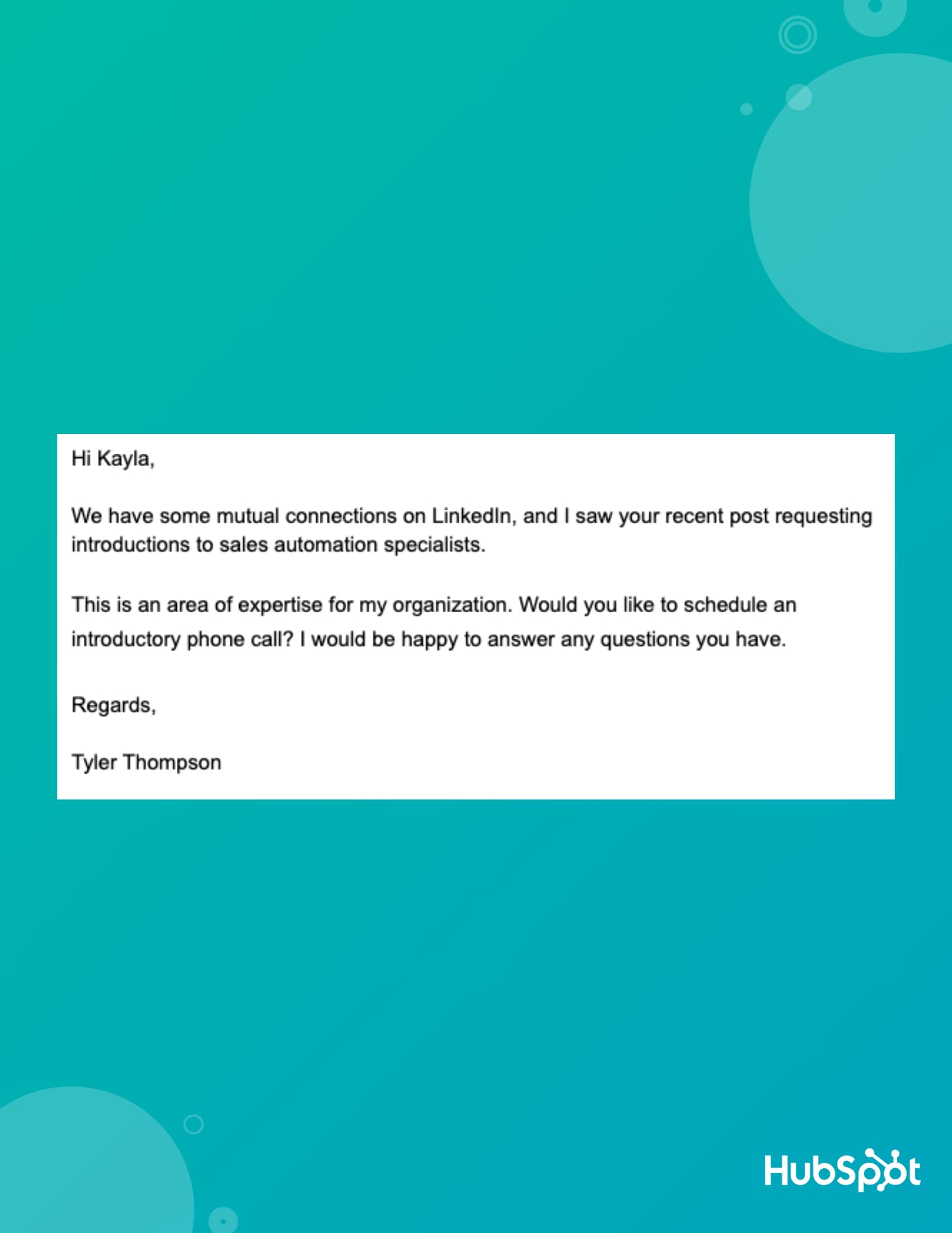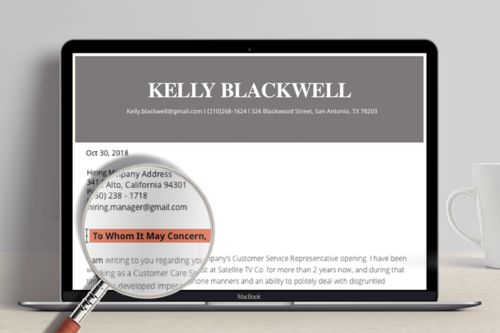

At that point, you can also ask for the company’s formula for employees’ email addresses. Be honest: Say you want to personalize your cover letter and aim to connect with the professional managing that specific job requisition. Ask to be connected to the experienced hire recruiting team or someone in talent acquisition. Although calling the company may not always do the trick, you might as well try. Will it look like you did your homework? You bet.Īgain, with some online research, you can find out who is opening each résumé and cover letter in the system.

Will the executive be the first person to open the cover letter in the applicant tracking system? Not exactly. Why not start from the top? If you’re pursuing a job in human resources and the company clearly lists the name of the chief HR executive in charge, go ahead and address the letter to that person. Considering many companies list their executives, you can drill down from there. With a little digging online, you can probably get a sense of who the position reports to. Today, it’s much easier to find the names of HR managers, department heads, and other decision-makers you may be attempting to reach. For example, if you’re writing a cover letter as part of a job application and it’s not clear from the job posting who will be reviewing your application, you may choose to start your letter with “To Whom It May Concern.” This greeting was developed before the internet when it was more difficult to identify people’s job roles by researching companies, online public directories, or professional organizations.

“To Whom It May Concern” is used in business correspondences when you don’t know the recipient’s name or you’re not writing to one specific person.


 0 kommentar(er)
0 kommentar(er)
